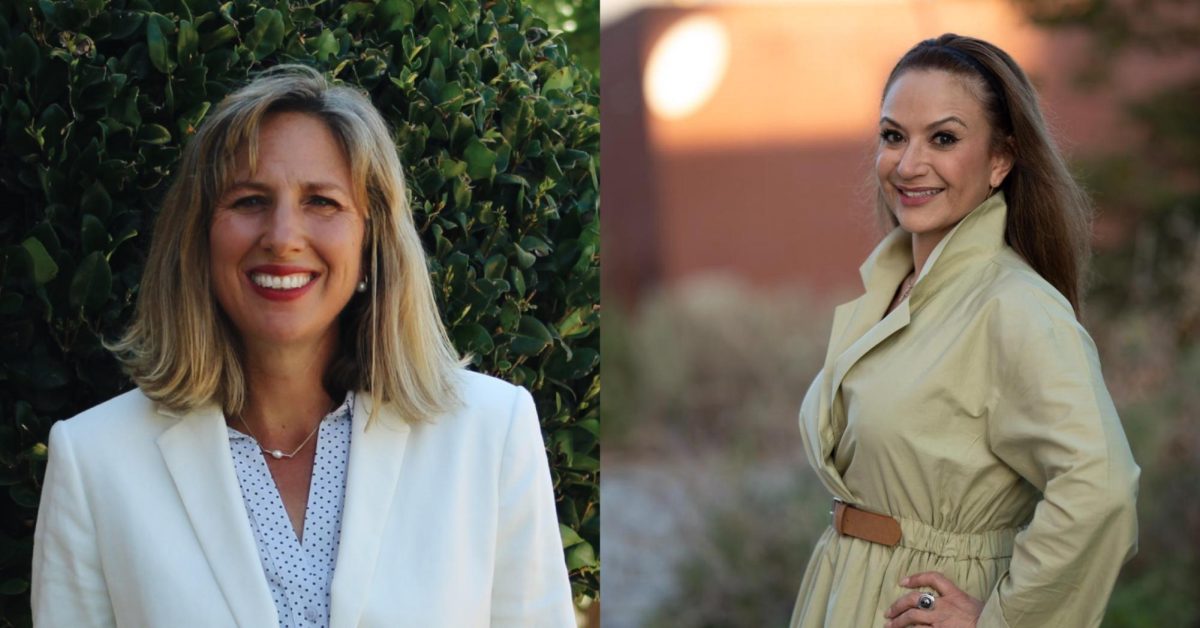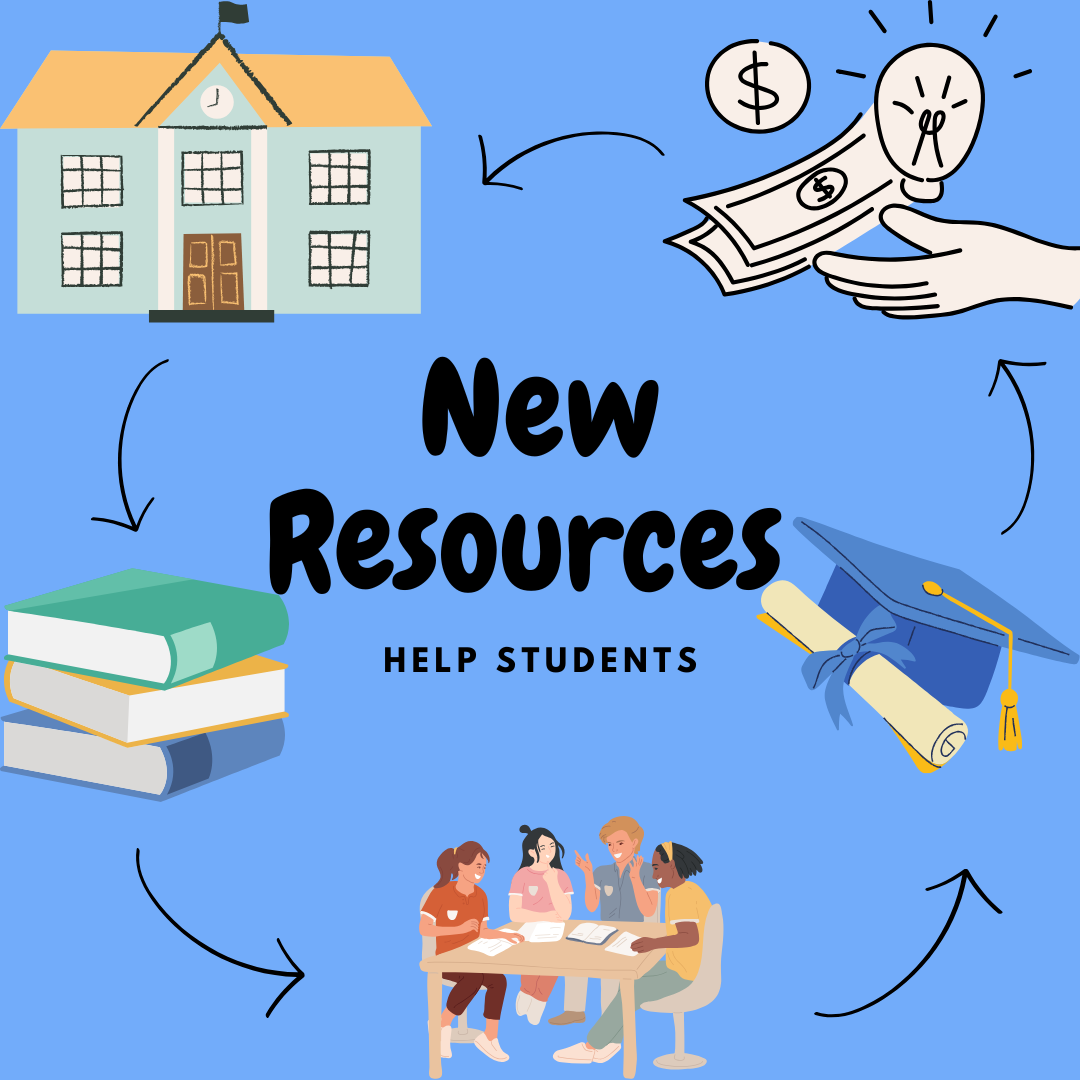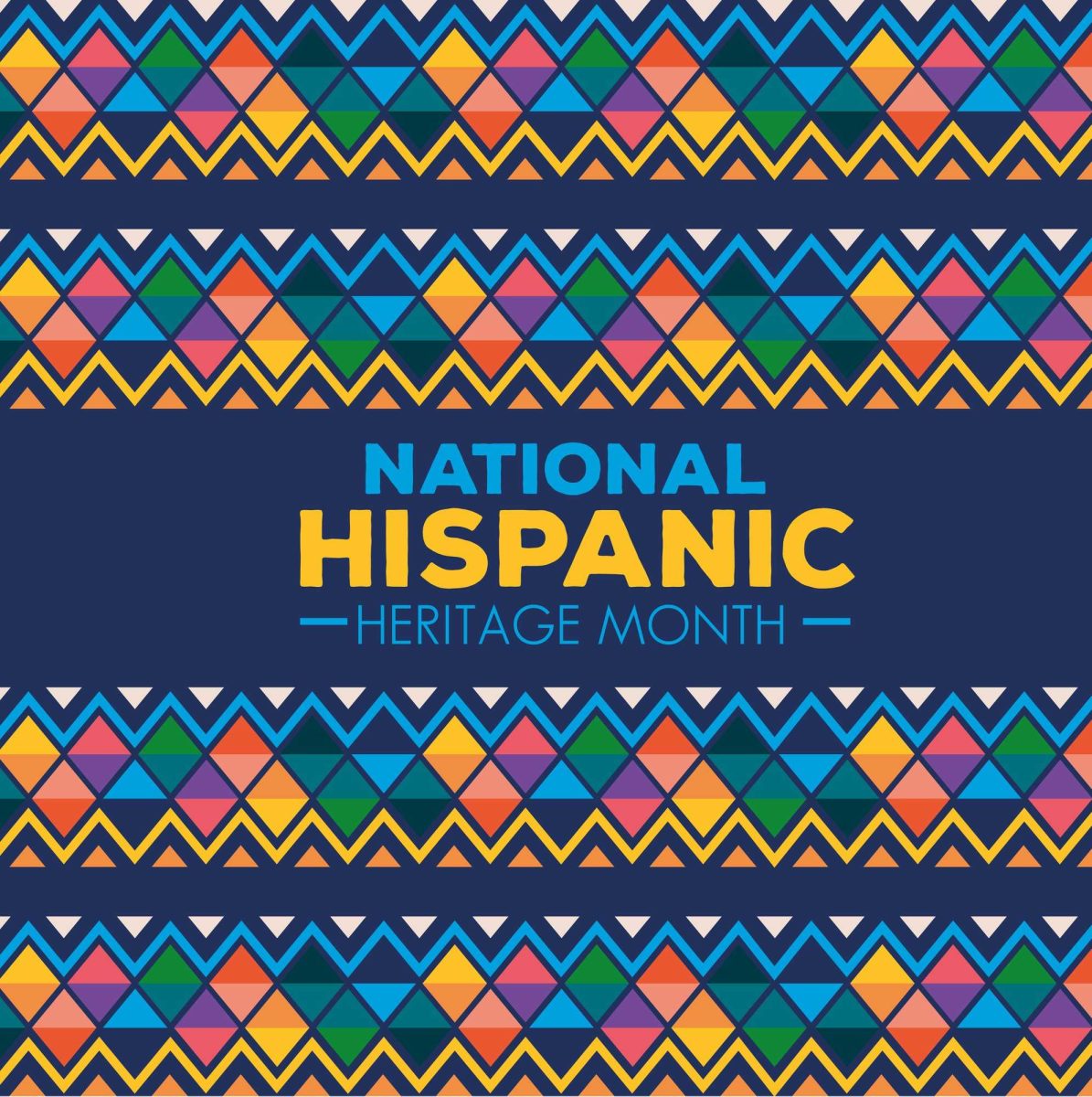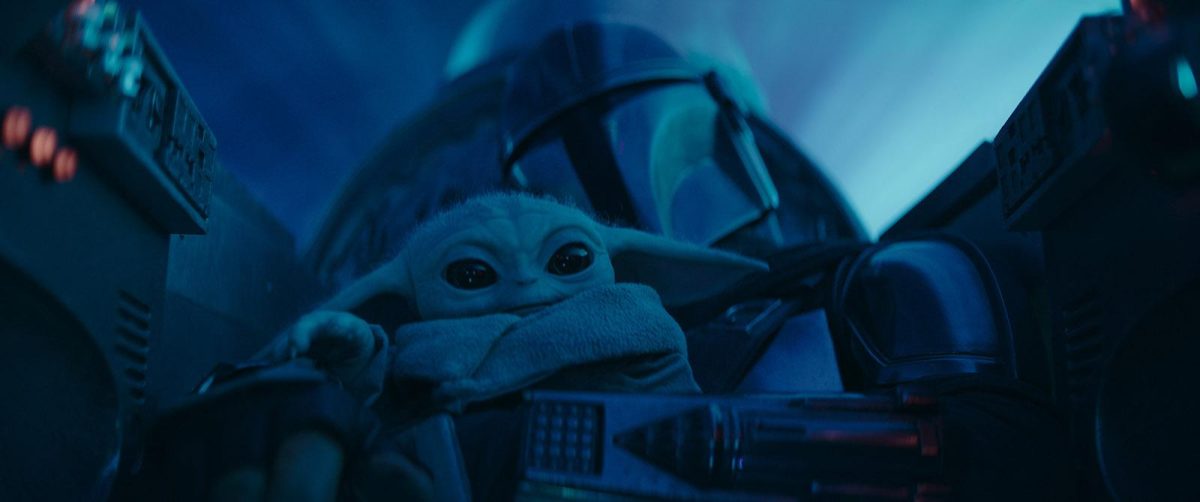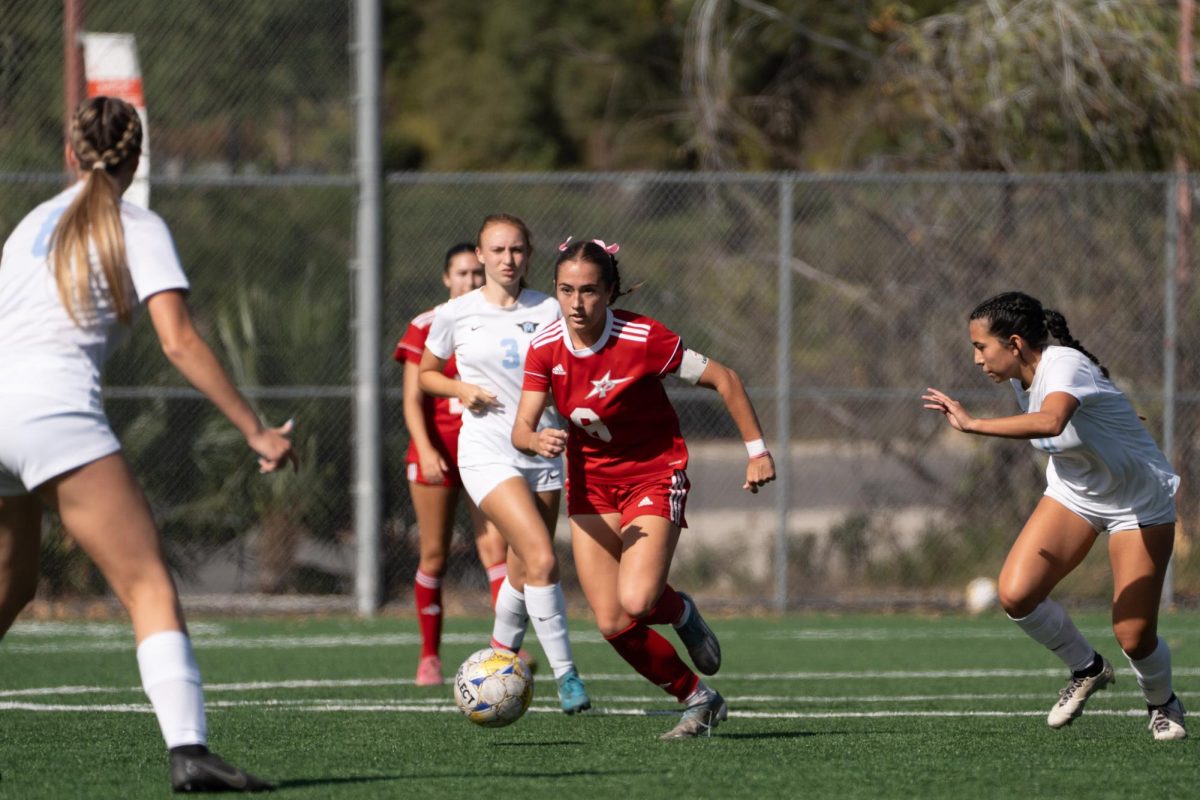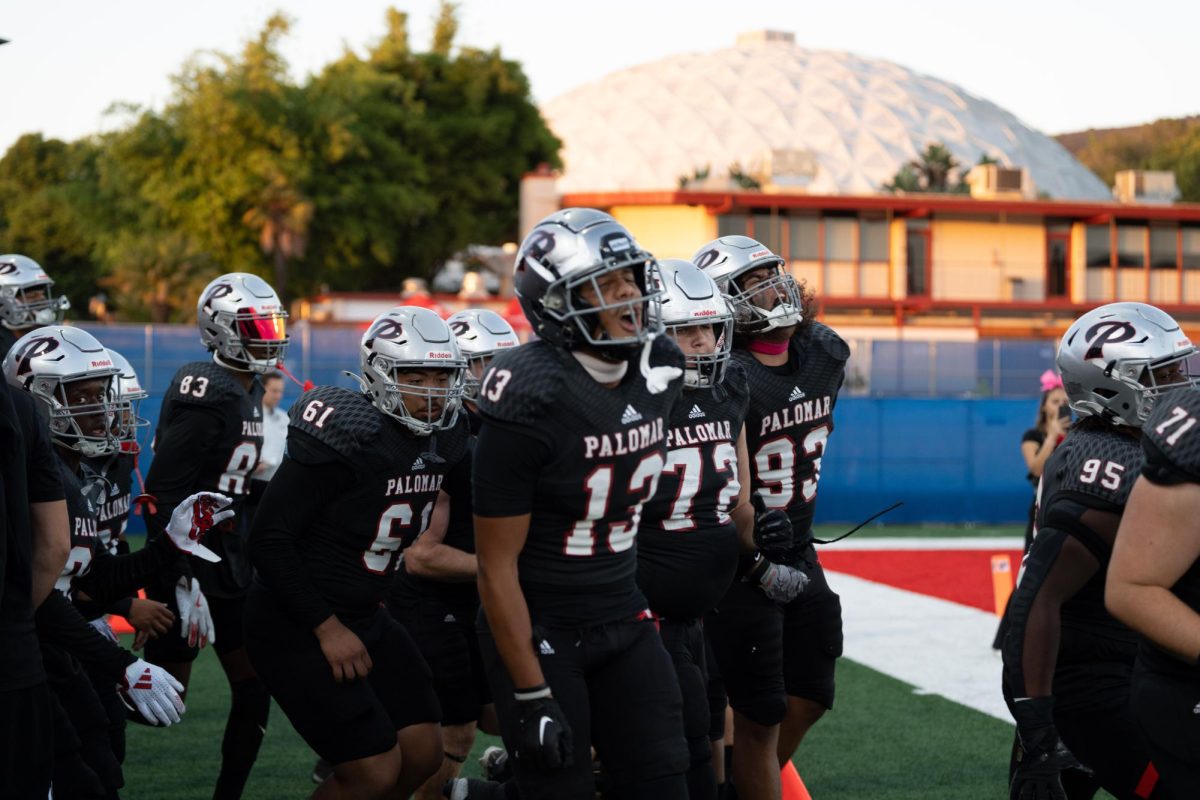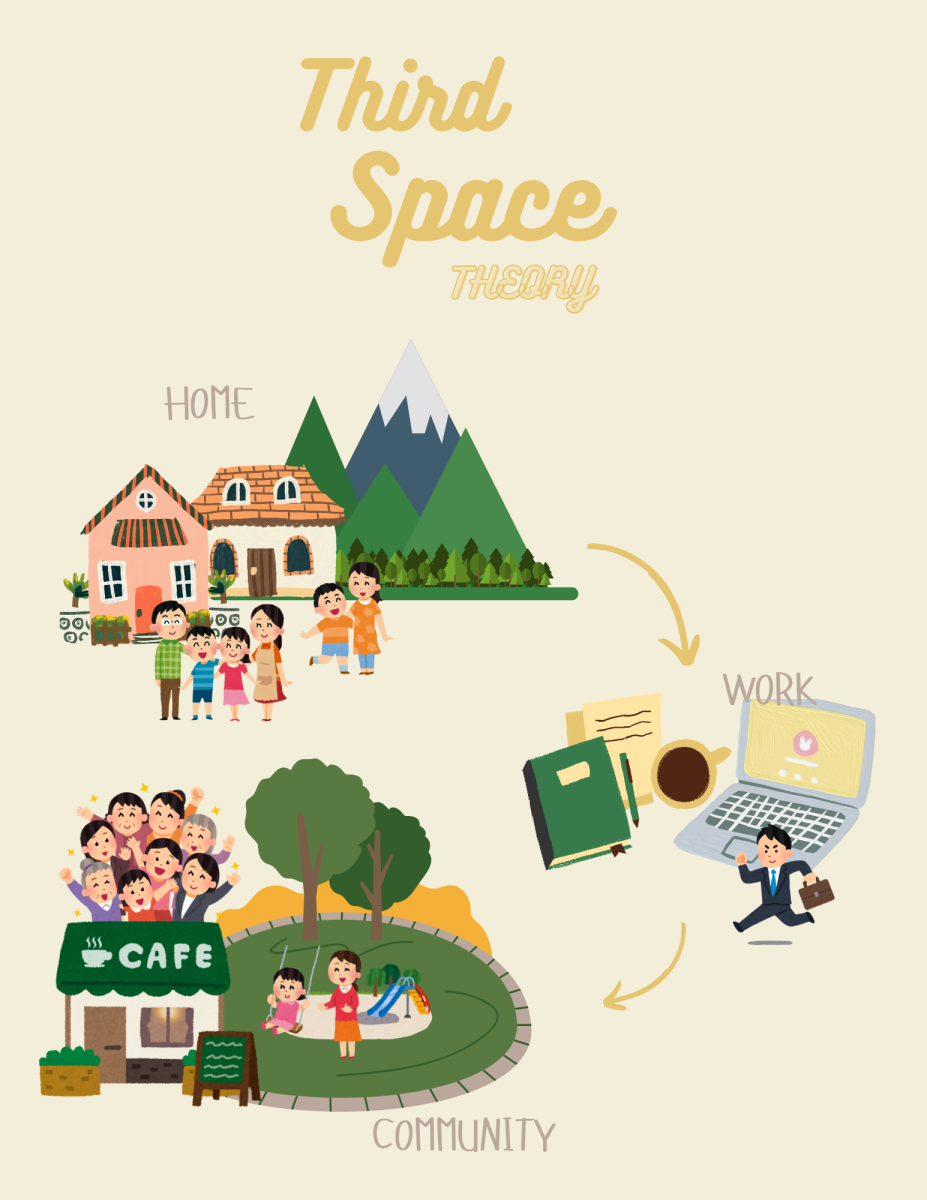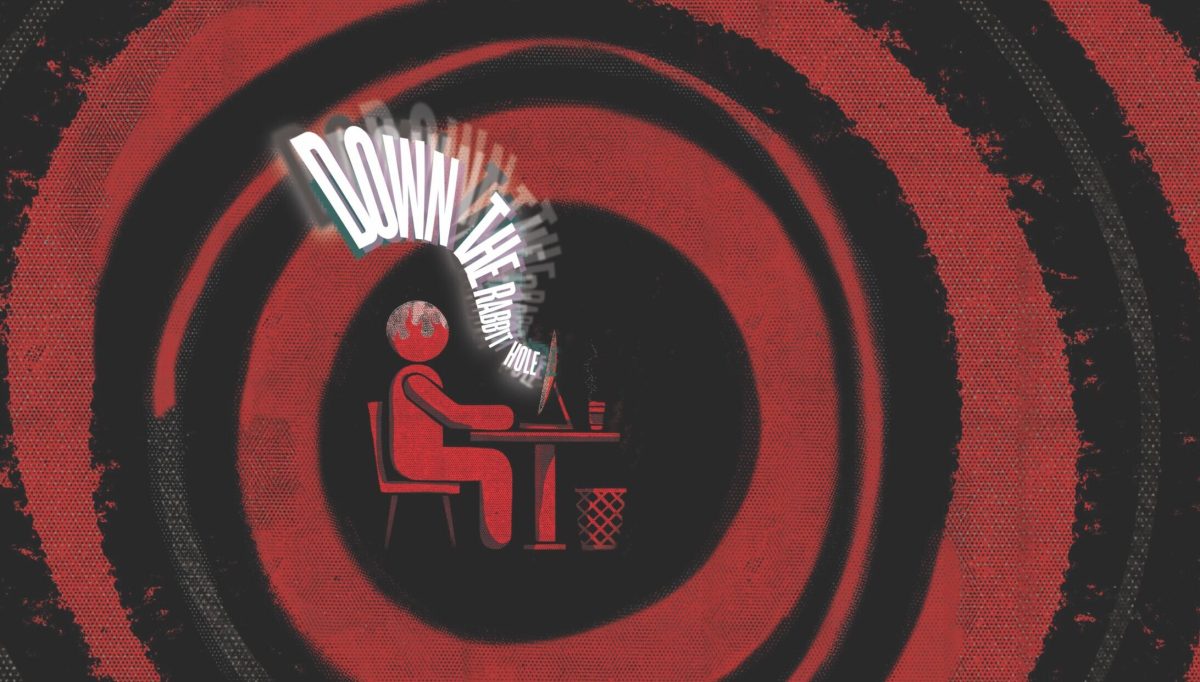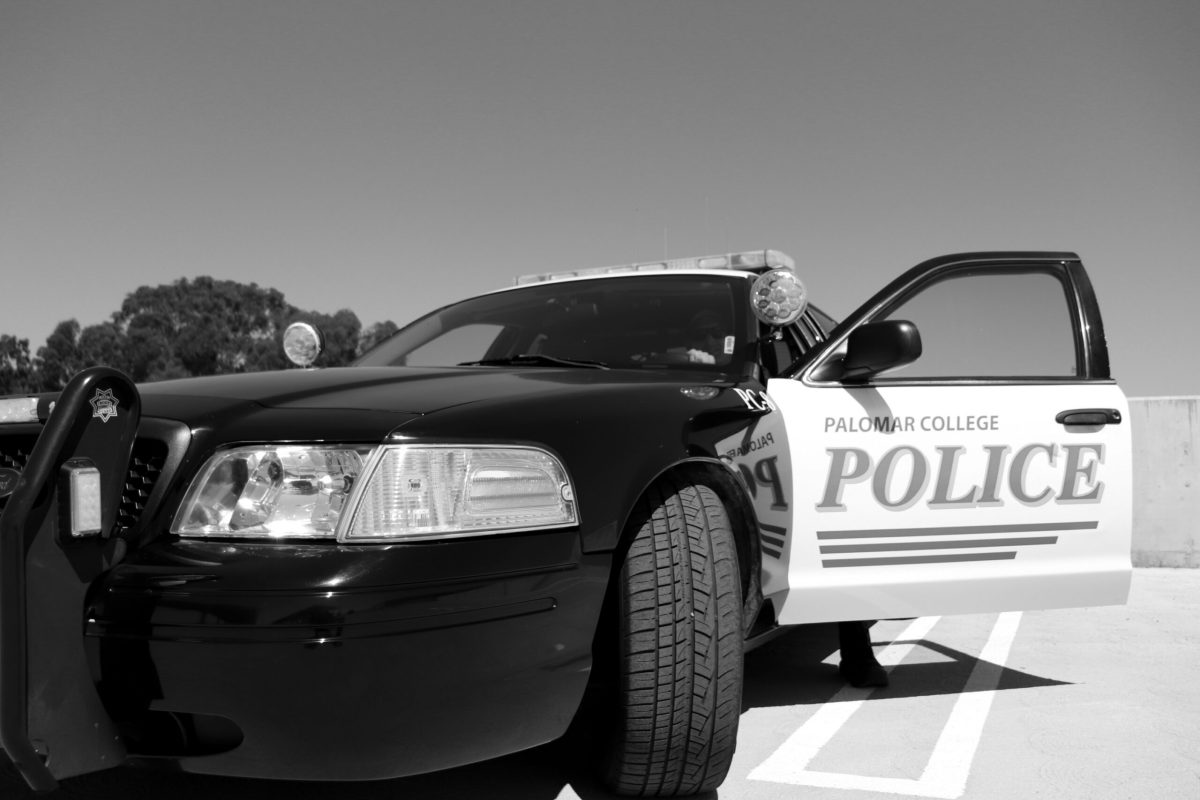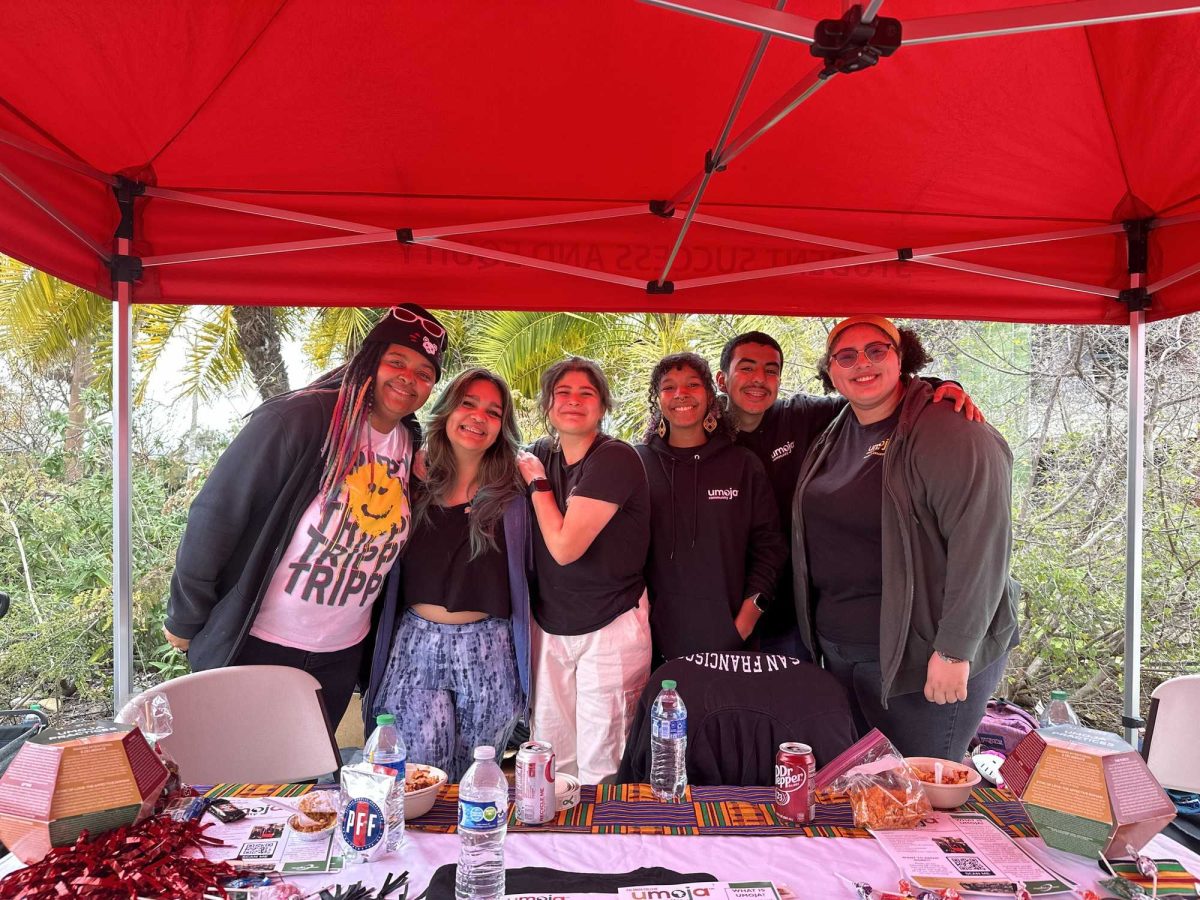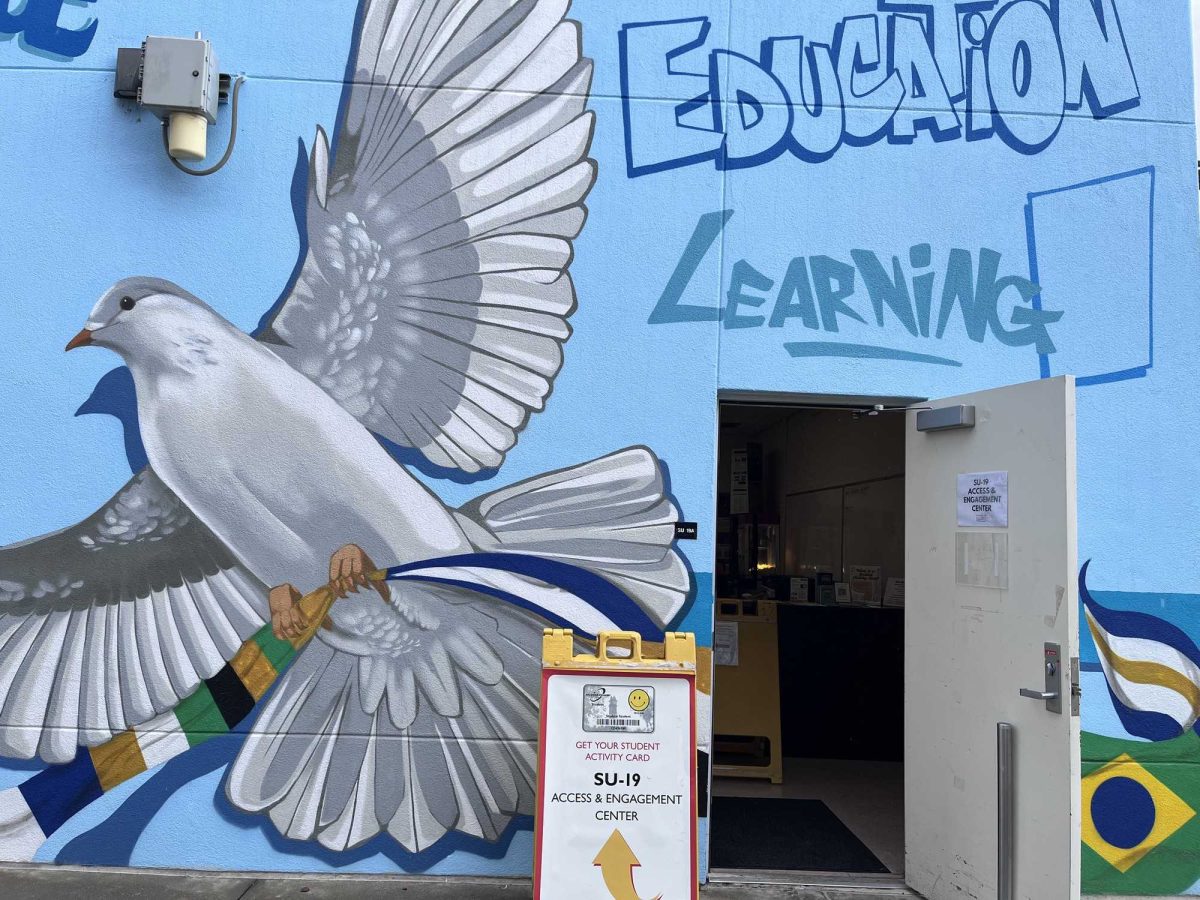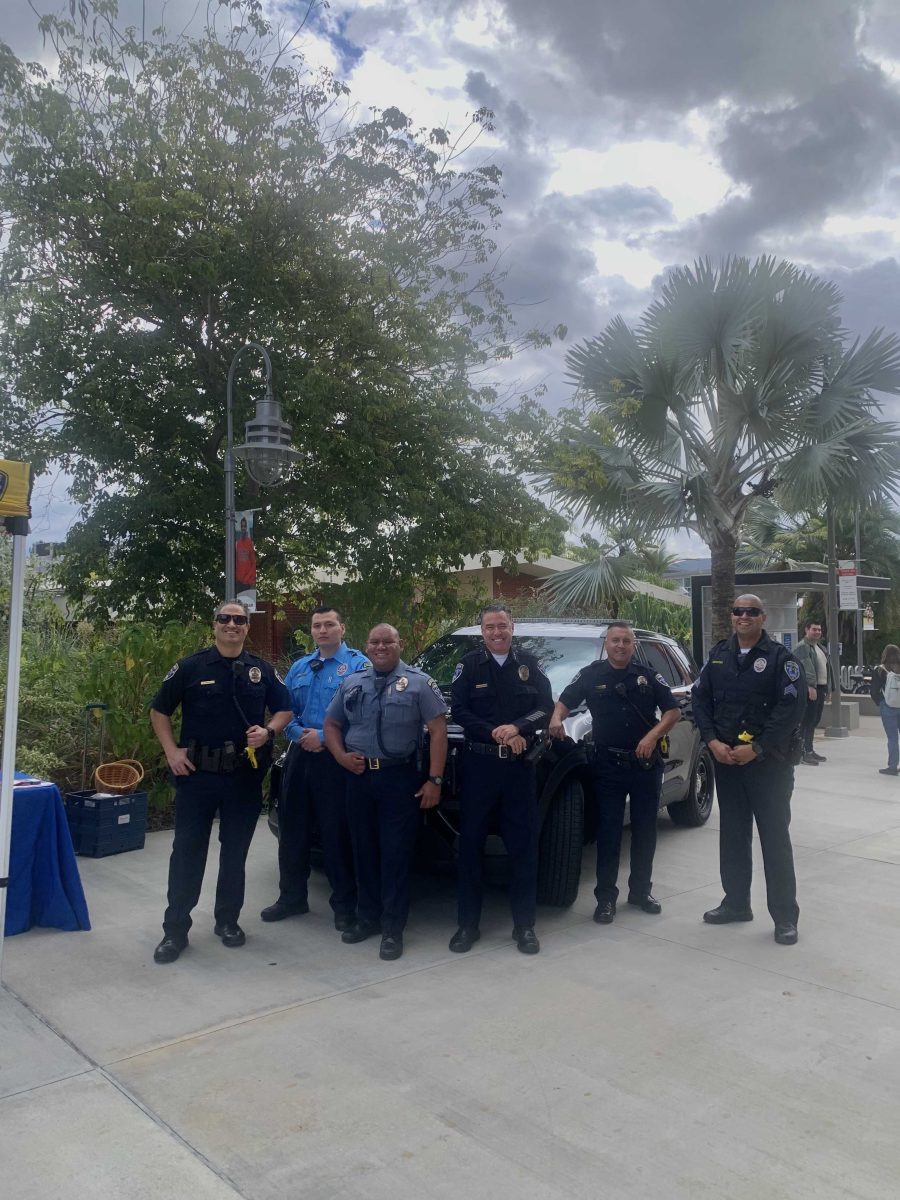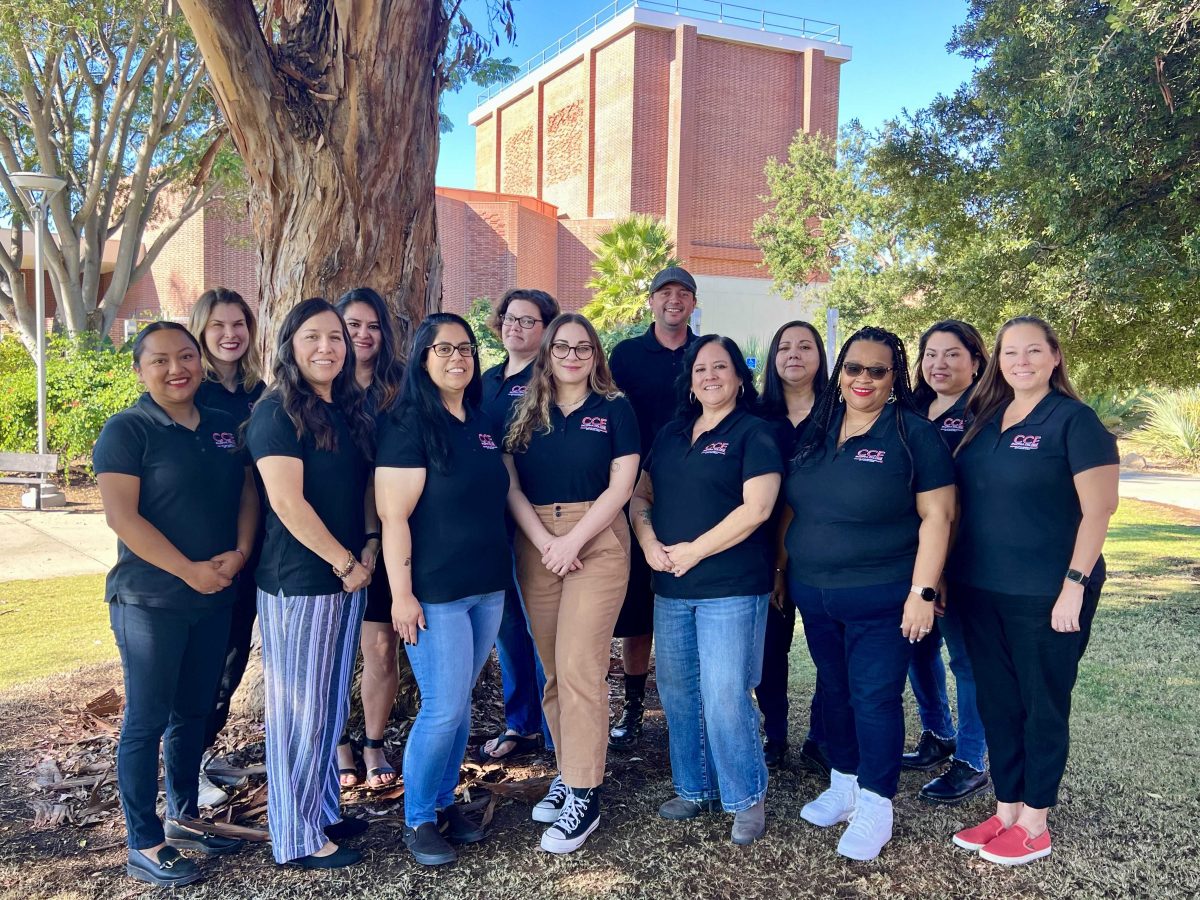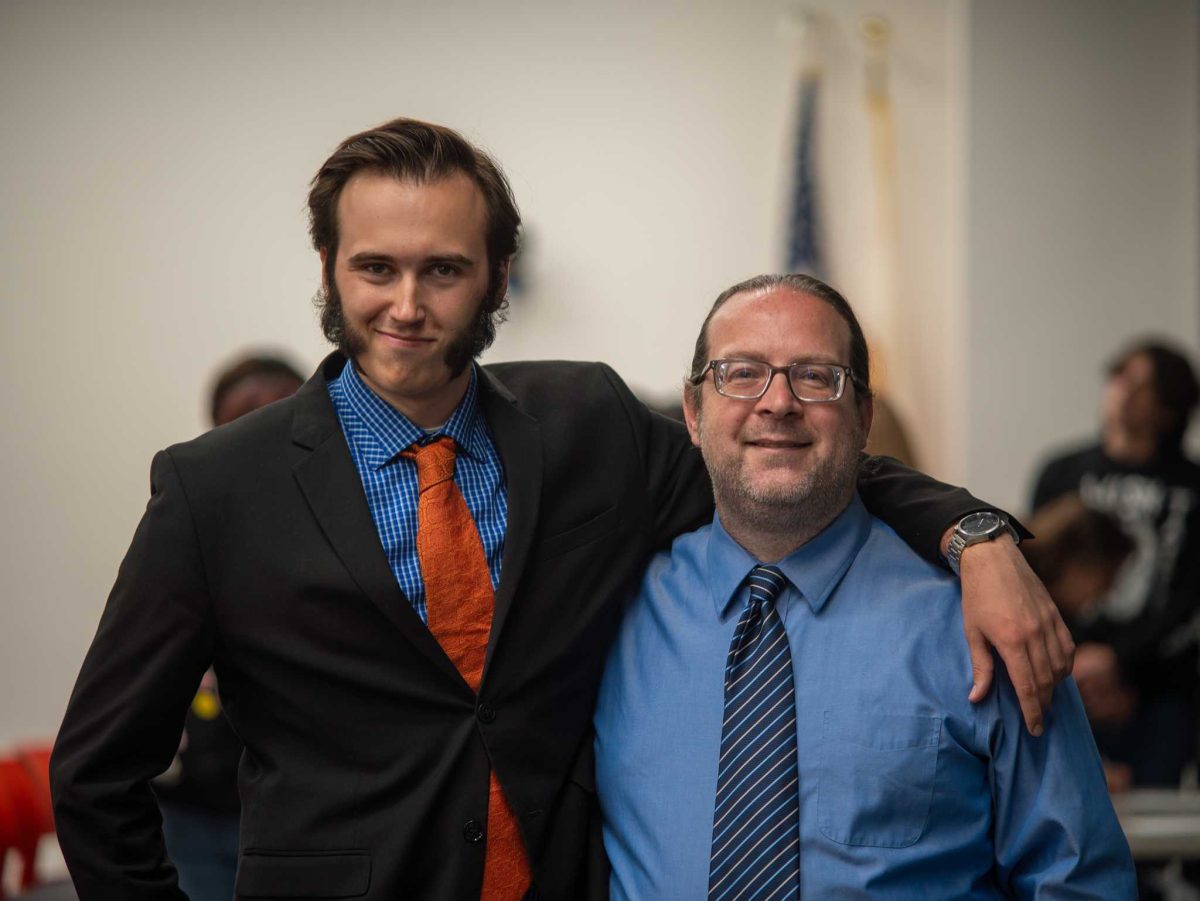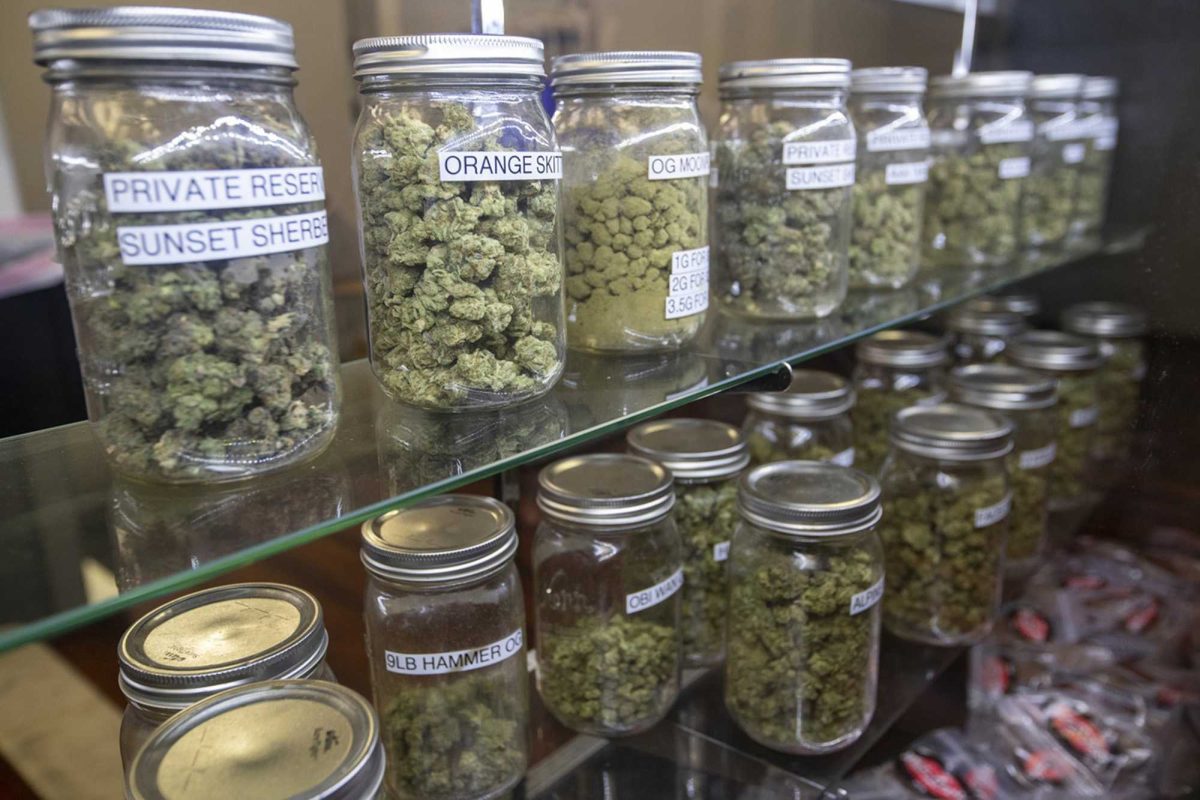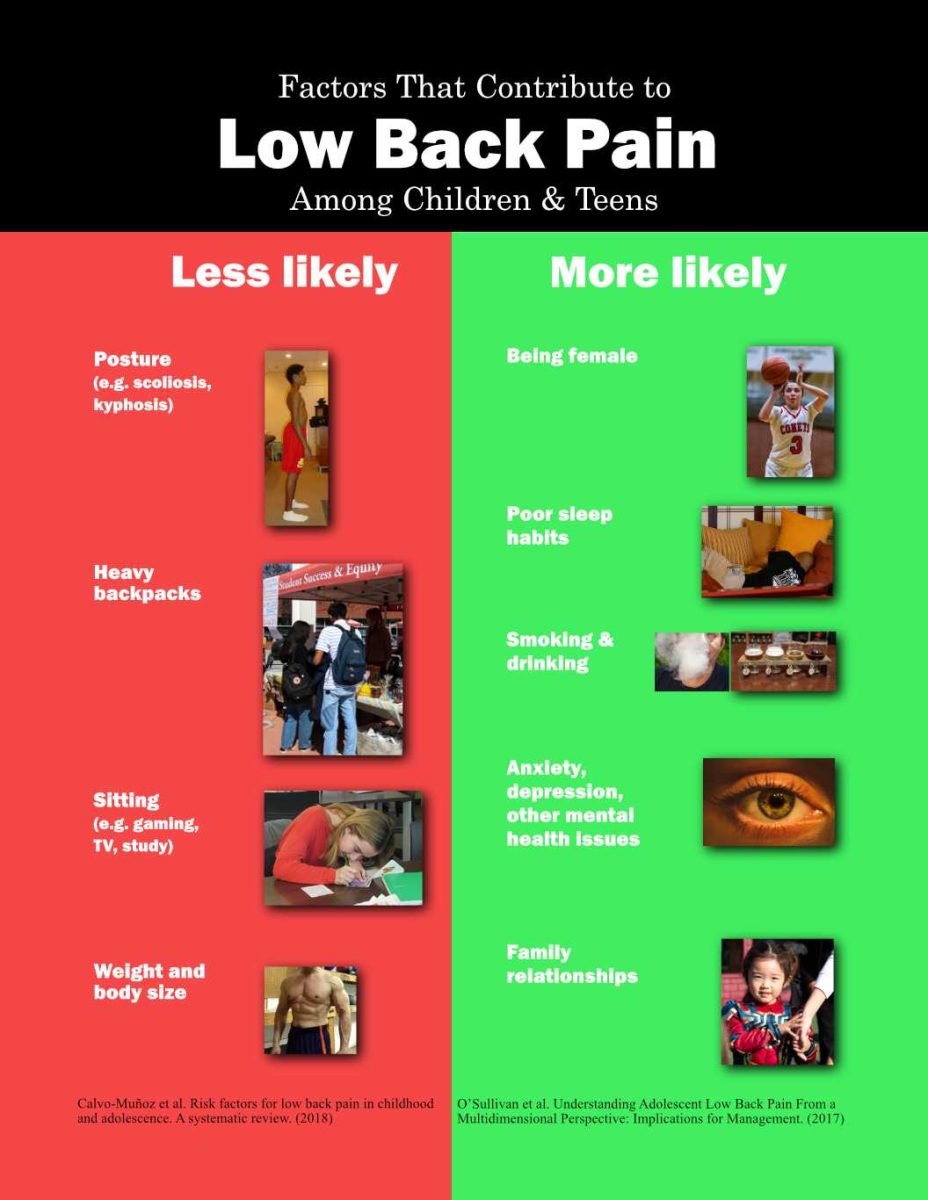Story by Cori McCarthy
Spoilers in this story from the Netflix Show, “Diagnosis.”
Crowdsourcing is an idea that people either really love, or they really don’t agree with. In these past few months, I have been doing my own research on whether crowdsourcing is something that can be truly helpful to people.
This past week, I watched a documentary series on Netflix called “Diagnosis” and it wasn’t until I was almost done with the show that I realized this show is an excellent example of how crowdsourcing is extremely helpful to people, especially in the medical industry. If you are like me and love to watch medical shows on tv, this is the show for you!

To summarize, “Diagnosis” is about Dr. Lisa Sanders who is on a mission to help people who have rare illnesses or diseases. She helps them find a diagnosis when no other doctor has been able to. Dr. Sanders interviews the person she is trying to help, and then she takes that information and writes in a column in the New York Times online paper.
Dr. Sanders uses crowdsourcing to reach people and doctors far and wide to try to help these people who are truly sick. Once Dr. Sanders posts her article online; she gets an influx of people sending in video messages of what they think is wrong with the patient. A lot of the people who respond to the post are either doctors who specialize in the field of interest, or a person who had the same symptoms or has known someone who did.

In one of the episodes, there was this six-year-old patient, Kamiyah, who was struggling with a weird illness. At any point throughout the day, her body would just go limp. No matter where she is, even just playing on the playground or playing at home, her body would just go limp for around 30 seconds each time. Her parents have noticed that as she got older, she would go limp for longer periods of time.
Dr. Sanders wrote her article in the New York Times, and so many people sent in videos of what they thought was wrong with her. Essentially, towards the end of the episode, they end up finding out that she had this rare KCNMA1 gene that was causing her to go limp a hundred times a day and sometimes more. Through this whole process, Kamiyah’s mom was able to connect with other parents around the world who are experiencing the same things with their children. There is sadly not a cure for this gene yet, but at the end of the episode, they said that doctors are working and trying to find something that will help others like her who are out there in the world.
The reason I wanted to talk about Kamiyah’s story is because this one episode truly had an impact on me. When Kamiyah’s mom was telling her story, she kept saying how alone she felt. How she felt like there was no one else out there who was experiencing the same thing. After the article went out, there were thousands of responses of people who were doctors who were willing to help their family. It was so special to see a family with close to no hope, get the help that they needed. Right when they least expected it, they had an army behind them willing to do anything to help them.
Crowdsourcing does have its downsides. I am sure when Dr. Sanders uploads her New York Times articles, she gets a few people who aren’t taking it seriously enough. There is a lot of good that comes from this, and I really hope that Dr. Sanders continues to do this.




